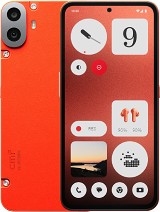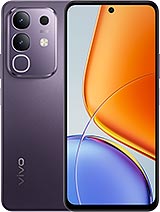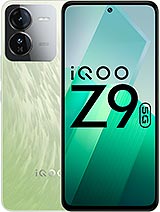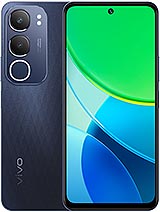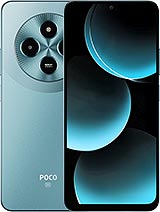Poco M7 alternatives
Tap above to see alternatives.
Vivo T3x alternatives
Tap above to see alternatives.
2x2.2 GHz Cortex-A78
6x1.95 GHz Cortex-A55
4x2.2 GHz Cortex-A78
4x1.8 GHz Cortex-A55
8GB 128GB (UFS 2.2)
6GB 128GB (UFS 2.2)
8GB 128GB (UFS 2.2)
8GB 256GB (UFS 2.2)
f/1.8, (wide), 1/2.96", PDAF
f/1.8, (wide), PDAF
2 MP
f/2.4, (depth)
1080p@30fps
f/2.0, (wide)
f/2.1, (wide)
SIM1: Nano, SIM2: Nano
SIM1: Nano, SIM2: Nano (Hybrid)
FDD: N1, N2, N3, N5, N7, N8, N20, N26, N28
TDD: N38, N40, N41, N48, N66, N77, N78
FDD: N1, N3, N5, N8, N28
TDD: N40, N77, N78
FDD: N1, N2, N3, N5, N7, N8, N20, N26, N28
TDD: N38, N40, N41, N48, N66, N77, N78
FDD: N1, N3, N5, N8, N28
TDD: N40, N77, N78
In this comparison, the Vivo T3x with the Qualcomm Snapdragon 6 Gen 1 (4nm) performs better than the Poco M7 with the Qualcomm Snapdragon 4 Gen 2 (4nm), thanks to its more efficient chipset.
They offer the same OS update support. When it comes to security updates, Poco M7 leads with 4 years of support.
Both phones use LCD panels. They have the same 120 Hz refresh rate. Vivo T3x also has a brighter display with 1000 nits, improving outdoor visibility. Notably, Vivo T3x has a higher resolution display, resulting in sharper visuals.
Vivo T3x has a larger 6000 mAh battery for longer usage. Vivo T3x supports faster wired charging at 44W.
Vivo T3x offers better water and dust resistance with an IP64 rating.

